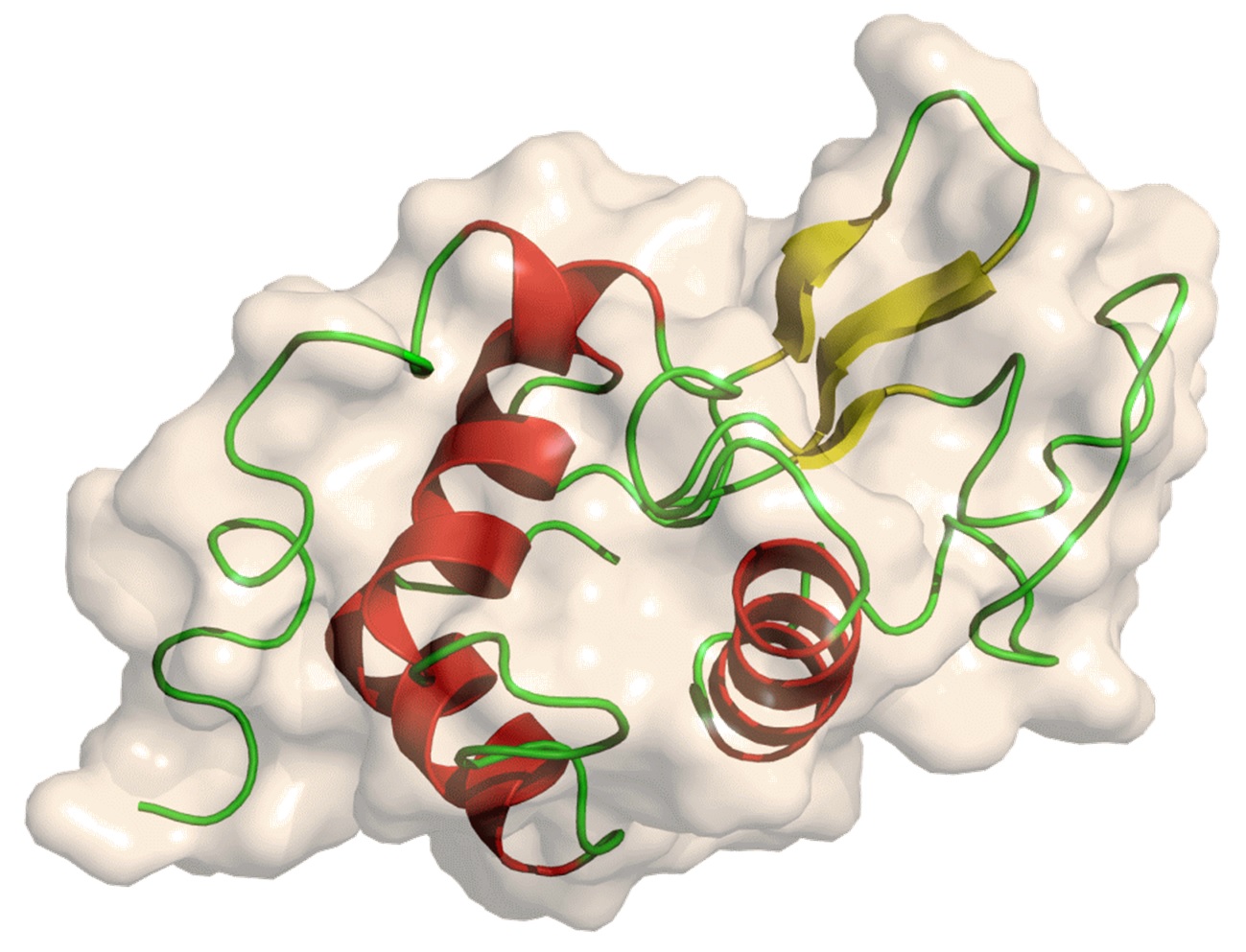Agarose, abbreviated as AG, is an uncharged neutral component of agar, also translated as agarose. The chemical structure of agarose is composed of long chains alternately linked by 1,3-linked β-D-galactose and 1,4-linked 3,6-endo-L-galactose.
A polysaccharide derived from red algae, its main component is polygalactose, of which about 70% is agarose and 30% is branched agarose. Agarose has a linear structure, consisting of D-galactose and 3,6-anhydrogalactose connected alternately through β-1,4 and α-1,3 to form repeating disaccharide units. Branched agarose separates another chain from the β-1,3 bond. The substance extracted from seaweed with hot water contains about 40% agar. Commercially available agar (commonly known as agar) is often in the shape of flakes or loose ropes, and is usually used as edible gum, pharmaceutical packaging agent or bacterial culture medium. Pure agarose is often used in biochemistry laboratories as a semi-solid support in electrophoresis, chromatography and other technologies for the separation and analysis of biological macromolecules or small molecules.
Agar, its English name is agar. The word comes from the Malay word agar-agar, which means jelly. Also known as agar, rapeseed, and frozen powder, it is a type of phycocottoid extracted from Gelidium and other red algae (Rhodophyceae) plants. It has a history of more than 300 years (1658) in my country and Japan. . The Chinese also call it Yangcai or frozen noodles; in Taiwan, it is called Caiyan, which has the same texture as bird’s nest. The Japanese call it kanten because it is harvested in winter.
Agar-agar has a long history as a unique food in our country. It is extracted and separated from large marine algae Gelidium, seaweed, river lily, etc., and is widely used in food and biochemical industries. Agar-agar is found in the jelly, ice cream, pastries, gummies, cans, and rice pudding that we often eat. my country’s Shandong, Fujian, Guangdong, and Hainan have superior marine resources and climatic conditions, which are suitable for the growth of large marine algae. They are the main areas for the production of agar, and their products are exported to all over the world.
Agar is composed of agarose and agaropectin. Agarose is a linear polymer and agar pectin is a heterogeneous mixture of many smaller molecules. Their structures are similar, but they contain sulfate and carboxyl components and have poor gelling ability.
Gel properties
Agarose is generally dissolved in water when heated to above 90°C, and forms a good semi-solid gel when the temperature drops to 35-40°C. This is the main feature and basis for its many uses. Agarose gel performance is usually expressed in terms of gel strength. The higher the strength, the better the gel performance. The strength of better quality agarose is usually above 1200 g/cm2 (1% gel concentration). The gelability of agarose is caused by the existence of hydrogen bonds. Any factor that can destroy hydrogen bonds can lead to the destruction of gelation. Agarose is hydrophilic and has almost no charged groups. It rarely causes denaturation and adsorption of sensitive biological macromolecules, making it an ideal inert carrier. During the agarose preparation process, the agar pectin needs to be removed as much as possible, otherwise there may be very trace amounts of sulfate and pyruvate replacing ionized groups in the agarose, which will cause electroosmosis (EEO), which causes the movement of particles. Influence. Better-quality agarose has a relatively low sulfate content, usually below 0.2%, and a small electroosmosis ratio, usually below 0.13. This is why agarose is so much more expensive than agar-agar.
Araki separated agarose from agar for the first time in 1937, but it was not until Hjertin first discovered the excellent performance of agarose in 1961 that it attracted more and more attention and started industrial production. Agarose is widely used in clinical testing, biochemical analysis, and separation of biological macromolecules
Application
Agar and agarose have special gelling properties, especially significant stability, hysteresis and hysteresis, and are easy to absorb water and have special stabilizing effects; they have been widely used in food, medicine, chemicals, textiles, and national defense. In other fields, according to incomplete statistics, there are more than 1,000 uses for agar-agar and agarose, and they are called “novel East Asian products” internationally. In the food industry, it can be used to produce: crystal gummies, shaped gummies, aquatic products, canned meat, fruit juice drinks, pulp drinks, rice wine drinks, dairy drinks, boutique products, and dairy cakes.
Due to its good biocompatibility, it is widely used in the production of biological separation media.


